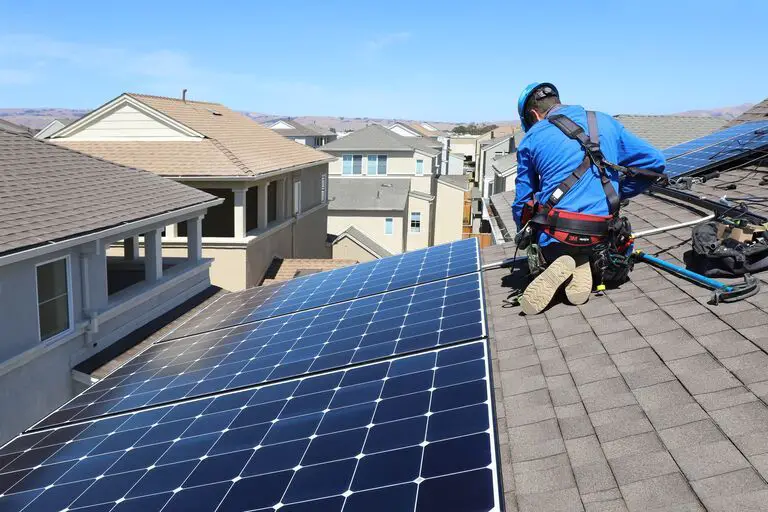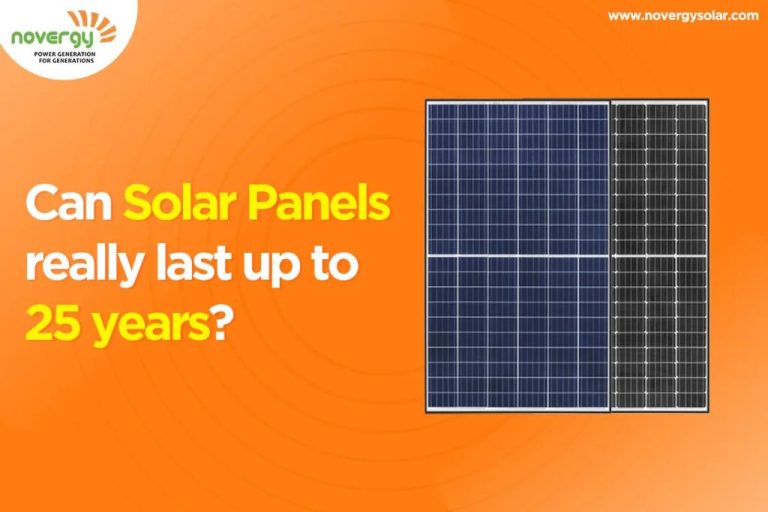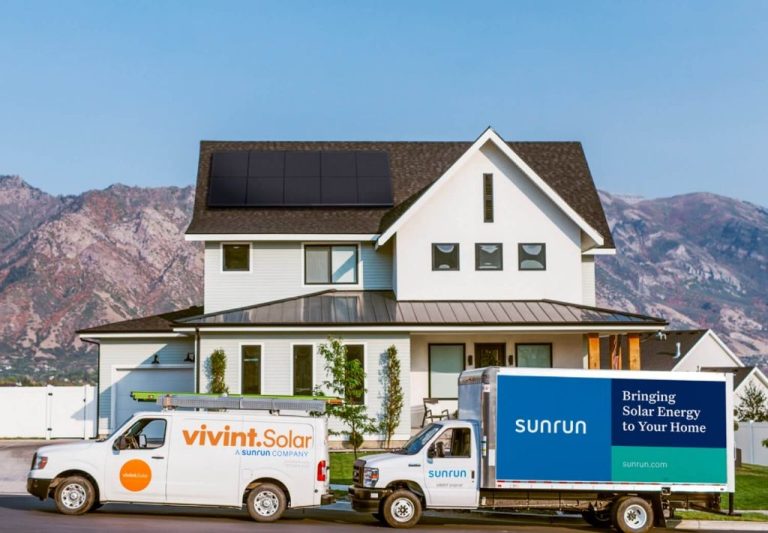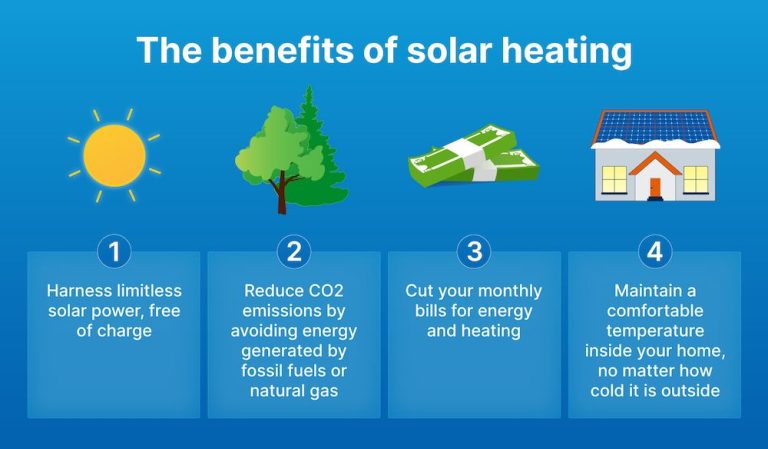How Many People Have Solar Panels In 2023?
In recent years, solar panels have grown exponentially in adoption across the United States. With advancements in technology and falling costs, solar power has emerged as a mainstream energy source for homes and businesses.
According to the Solar Energy Industries Association (SEIA), the amount of solar capacity installed expanded by 43% in 2023 to reach 121.4 gigawatts. This is enough to power 23.3 million American homes. Overall, solar accounts for about 4.3% of total U.S. electricity generation as of 2023.
The Solar Energy Industries Association reports that 48% of all new electric capacity added to the grid in 2023 has come from solar. Solar’s increasing competitiveness against other technologies has allowed it to experience rapid growth.
With solar costs continuing to fall and adoption expected to expand, solar power is positioned to play a major role in America’s energy portfolio in the years ahead.
Residential Adoption
According to Consumer Affairs, there are approximately 3.2 million homes with solar panel installations across the U.S. as of 2022. In 2020, 3.7% of single-family homes had solar panels installed, and growth rates have remained steady over the last few years. The US installed over 32 gigawatts of solar capacity in 2022, showing the residential solar market continues to expand.
There are significant regional differences in solar adoption rates. California leads the nation with over 1 million homes powered by solar panels. Other states with high residential solar penetration include Arizona, New Jersey and Massachusetts. Some southern states like Florida and Texas have seen rapid growth recently as well. States with fewer solar incentives and less sunny weather like the Midwest and Northeast have lower adoption rates so far. But declining solar costs and supportive policies continue to drive growth in residential solar nationwide.
Commercial Adoption
Businesses in the United States are increasingly turning to solar energy. According to Solar Energy Industries Association, there were over 10,800 solar companies operating in the U.S. as of 2023, representing a 1.6% increase from 2022.
The commercial solar market has experienced rapid growth in recent years. Total installed commercial solar capacity reached 15.1 GW in 2022, up 19% from the previous year. By 2025, Wood Mackenzie forecasts the commercial solar market will expand to over 25 GW of installed capacity.
Adoption patterns vary significantly by industry. The retail sector accounts for the largest share of commercial solar at 27% of capacity. Other leading industries are warehousing (14%), education (9%), healthcare (9%), offices (8%), and manufacturing (7%). Interest is being driven by cost savings as well as environmental initiatives. For businesses with high daytime energy usage, solar can provide over 50% of electricity needs.
Looking ahead, declining system costs coupled with supportive policies and incentives are expected to further accelerate commercial solar installations. Companies across all industries are discovering the benefits of on-site solar power generation.
Costs and Savings
The upfront costs of installing solar panels have dropped significantly in recent years. According to Energysage, most homeowners today will pay between $20,000 to $90,000 for a complete solar panel system over 25 years [1]. The average price per watt for solar panels ranges from $2.40 to $3.60 when factoring in installation costs [2].
Various incentives and policies can help reduce the overall cost. The federal solar tax credit offers a 26% tax credit for systems installed in 2022-2023. Many states and utilities also offer additional rebates and incentives. These can lower the payback period to around 5-7 years in some cases [3].
While solar requires an upfront investment, most homeowners see a return on their investment in under 10 years. The lifetime savings from lower electricity bills generally outweigh the system costs. Going solar allows homeowners to lock in reduced energy rates for decades.
Environmental Impact
Solar panels provide environmental benefits by reducing carbon emissions and taking the equivalent of cars off the road. According to a 2022 study by the National Renewable Energy Laboratory, the carbon dioxide emissions avoided due to solar power in 2021 was equivalent to taking over 8 million passenger vehicles off the road for a year (NREL 2022). The EPA estimates that over the 30-year lifespan of a solar panel system, it can avoid 300,000 lbs of carbon dioxide emissions, which is equivalent to planting over 4,000 trees (EPA 2023). While solar panel production does result in some carbon emissions, most estimates find the lifetime carbon reductions from solar panels far outweigh the upfront carbon costs.
One analysis by the Clean Energy States Alliance found that solar panels in the U.S. avoided more than 33 million metric tons of CO2 in 2020 alone. This represents a 48% increase in emissions avoided compared to 2019. They estimate that if solar energy generation continues to expand at this rate, by 2050 solar power could avoid over 530 million metric tons of CO2 per year in the U.S., equivalent to taking 115 million cars off the road (CESA 2021).
Challenges
While solar power continues to grow in adoption, it still faces some key challenges. One major challenge is grid integration issues. As more households add rooftop solar, utilities have to upgrade the grid to handle two-way power flows. There are concerns about grid stability and over-generation during peak solar hours. Upgrades to substations, transformers, and wiring are needed in many regions to enable full adoption of rooftop solar.
Another challenge is storage limitations. Solar power is intermittent and doesn’t match peak energy usage times. Wider use of home batteries can store excess solar generation during the day for use at night. However, battery costs are still high for many homeowners. Utilities are also deploying large-scale storage, but capacity needs to greatly expand to fully take advantage of solar power.
Additionally, there is a skills gap for solar installers. With demand growing rapidly, the industry faces a shortage of qualified technicians to safely install solar systems. Training programs are expanding, but may not keep pace with increasing adoption. There is a particular need for programs aimed at veterans, women, and minority groups to diversify this workforce.
Future Outlook
The future looks bright for solar energy growth in the US. According to the Solar Energy Industries Association (SEIA), solar installations are projected to see an average annual growth of 14% between 2023 and 2028 (Solar Market Insight Report Q4 2023). Near term growth is expected to be even stronger, with 2023 installations jumping 55% over 2022 to nearly 32 gigawatts according to SEIA forecasts.
New technologies like perovskite solar cells, solar shingles, and two-sided solar panels may enable greater efficiency and more seamless integration into homes and buildings. Tracking systems that move panels to follow the sun’s path across the sky can increase output by up to 40%. Likewise, floating solar farms placed on bodies of water reduce land usage.
Beyond electricity generation, solar applications are expanding into heating, cooling, desalination, and hydrogen production. With supportive policies and continued cost declines, solar has potential to play an even larger role in decarbonizing the energy system.
Regional Differences
There are significant differences in solar panel adoption across regions and states in the U.S. California leads the nation, with over 30% of homes having rooftop solar panels as of 2023. The sunny climate, combined with pro-solar policies and incentives, have made California the epicenter of residential solar adoption. Other leaders include Hawaii, Arizona, New Jersey and New York. States with fewer than 5% adoption tend to be in the Midwest and Southeast U.S.
Policy incentives play a major role in driving regional differences. States like California offer strong net metering policies, which allow solar customers to sell excess power back to the grid at retail rates. Tax credits, rebates, and other financial incentives also boost solar adoption. Additionally, some states allow third-party ownership models like solar leases and PPAs, expanding access for homeowners.
There are also some cultural factors at play. States with higher education levels and environmental consciousness tend to have greater adoption. Solar panels have become status symbols in some communities. Regional differences will likely persist, but overall growth in residential solar is expected across the U.S. in coming years.
Conclusion
In conclusion, solar energy adoption continues to grow at a rapid pace globally. Key points from this article show that both residential and commercial solar installations reached record highs in 2023, with over 150 GW installed globally. The falling costs of solar panels, combined with rising electricity rates, make solar power an increasingly attractive option for homeowners and businesses looking to reduce energy costs. However, challenges remain in terms of grid integration, permitting, and financing. Continued innovation and supportive policies will be needed to enable solar to reach its full potential. With climate change concerns growing, it is more important than ever that we transition our energy sources toward clean renewables like solar. The future is bright for this technology as costs continue to fall and more homes and businesses go solar.
References
This content was based on the following sources:
- Energysage. “Solar Industry Trends & Stats in 2023.” https://news.energysage.com/solar-industry-trends-and-stats-in-2023/
- SEIA. “Solar Industry Research Data.” https://www.seia.org/solar-industry-research-data
- EIA. “How many solar panels are in the United States, and who has the most?” https://www.eia.gov/tools/faqs/faq.php?id=427&t=3
- SEIA. “Top 10 Solar States.” https://www.seia.org/research-resources/top-10-solar-states-0






